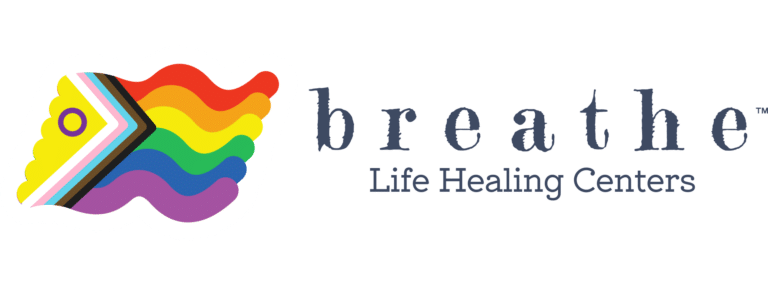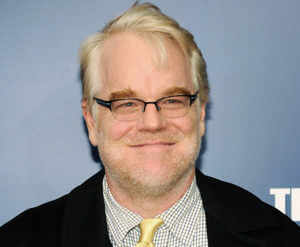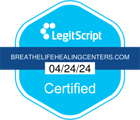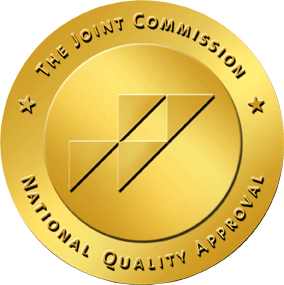Trichotillomania, also known as hair pulling disorder, is a form of OCD. Approximately 2.5 million Americans currently have trichotillomania or have experienced it at some point in their lifetimes. Experts think that the numbers could be even higher because many people never seek treatment due to embarrassment. Those suffering from trichotillomania sometimes make a sizable effort to keep their illness a secret. As with all forms of OCD, obsessive-compulsive disorders, individuals diagnosed are often stigmatized and misunderstood by society.
I would like to introduce Trichotillomania here in detail; hopefully, this information will help you understand how this disorder can affect you and your family.
So, what exactly is it?
Psychologists and medical doctors diagnose trichotillomania when someone recurrently pulls or plucks out hair from the body. Most often, people will pull hair from the scalp, but trichotillomania can affect hair from any part of the body. The disorder can lead to bald spots and skin irritation. These physical symptoms are bad enough, but the visible bald spots and skin rashes cause people to isolate themselves out of embarrassment. For this reason, trichotillomania can become severely debilitating if left unchecked.
Psychologists use a big fat book called the Diagnostic and Statistical Manual of Mental Disorders, DSM-5, to classify and organize all mental health diagnoses. The DSM helps to keep things consistent within the field of mental health care. In the manual, Trichotillomania is located in the chapter “Obsessive Compulsive and related disorders,” and includes the following criteria.
- Recurrent pulling out of one’s hair resulting in noticeable hair loss
- An increasing sense of tension immediately before pulling out the hair or when attempting to resist the behavior
- Pleasure, gratification, or relief when pulling out the hair
- The disturbance is not better accounted for by another mental disorder and is not due to a general medical conditions (e.g., a dermatologic condition like a fungal infection or alopecia)
- The disturbance causes clinically significant distress or impairment in social, occupational, or other important areas of functioning
Who gets this disorder?
Based on statistical research, we know that trichotillomania generally first shows up between the ages of 9 and 13. Children tend to pick hairs from the scalp in 86% of cases, eyelashes in 52%, eyebrows in 38%, the pubic region in 27%, and from the legs in 18% of cases. There is a genetic component to this condition, which means that it is likely to run in families. During childhood, the disorder is just as common in boys as it is in girls. However, when the disease presents later in life, during adolescence, it affects mostly girls (70-90%). Unfortunately, the later in life that the disease presents, the more resistant it is to treatment.
What is it like to live with Hair-Pulling Disorder?
One of the key criteria for both drug addiction and trichotillomania is the desire to quit as well as a history of failed attempts to do so. Hair-pullers often feel bad after a pulling session and regret their behavior so they make efforts to hide the evidence. These efforts might include cutting the hair short, wearing scarves or hats, and using makeup.
Hair-pulling tends to follow a cyclical, or up and down type of pattern. The behavior of pulling is a method of self-soothing, and coping with rising feelings of stress and anxiety. As anxious tension builds, the individual is more and more likely to start pulling hair. The behavior calms the person down temporarily, but seeing the damage afterwards is upsetting. Bald spots, red irritated skin: this type of skin damage affects our appearance and lowers our self-esteem. Staring in the mirror, someone with hair-pulling disorder might vow to never self-harm again, then find themselves in the same situation the following day.
To break the cycle, it is important to work on unpacking the underlying emotional triggers. Therapy is the best way to do this. Analyzing, understanding, and paying attention to our emotions can help us figure out better ways to cope with them. Therapy can help reduce the building tensions and anxieties that lead to hair pulling sessions.
Automatic vs. Focused Hair Pulling?
Psychologists have observed 2 patterns of behavior in hair-pulling disorder: two different hair-pulling styles. Automatic hair pulling can happen without us even noticing. Children who pull automatically may not remember anything about the pulling session or realize why hair is missing. The other style, Focused hair pulling, involves rituals and sensation seeking. In other words, focused hair pullers want to feel the relief of hair pulling, get rid of hairs that feel “strange,” or find specific kinds of hairs to remove. This style is more conscious than automatic hair pulling.
Get Help Today
Living with this condition involves shame, frustration, and low self-esteem. These painful feelings can make us socially isolate ourselves and they also lead to setbacks in school or work. Please reach out to us at Breathe Life Healing Centers if someone you love, or you are caught in the hair pulling cycle. There is effective treatment available, and we can help connect you.














